Case Study: Crescent Remodel & Addition — Modernized Kitchen, Family Room, Bathroom, & Primary Suite
Having a family of five, creating a home that perfectly balances functionality and comfort is a top priority.
To do this, our...
10 Easy DIY Home Projects You Can Tackle Anytime
A desire for change in your home can come from many sources: seasonal shifts, evolving personal style, or simply the need for a...
How Much Does A Pennsylvania Kitchen Renovation Cost?
Over the years, the kitchen has evolved from a purely functional space into the heart of the home, a central gathering place...
What is Your Favorite Home Design Style?
Modern, traditional, shabby chic, minimalism… there are numerous home design styles and we know it can be confusing. Especially...
Eco-Friendly Features for Your Master Bathroom Remodel
You may have dreamed for years about having a better primary bathroom in your home, and this could be the year to finally get...
Home Flooring (and Finishing) Trends That Will Last
Sure, quartzite countertops, glass sinks and flashy wallpaper seem to get all the attention at home design shows. But what...
Choosing The Perfect Doors For Your Home Renovation
The doors of your home may seem like rather simple objects, but they actually possess some complexity that's easy to overlook....
When to Update Your Home with Replacement Windows and Siding Materials
When your home is in need of a change, replacement windows and siding materials can be among the easiest home improvements to...
Design Inspiration: Fall Color Palette Ideas
If you love fall, you'll love these color combinations!
We've picked our favorite warm reds, earthy greens and complementary...
How to Pay for Your Home Remodel
Now that you've decided to move forward with your home remodel, you’ll need to consider how the project will be financed.
Your...

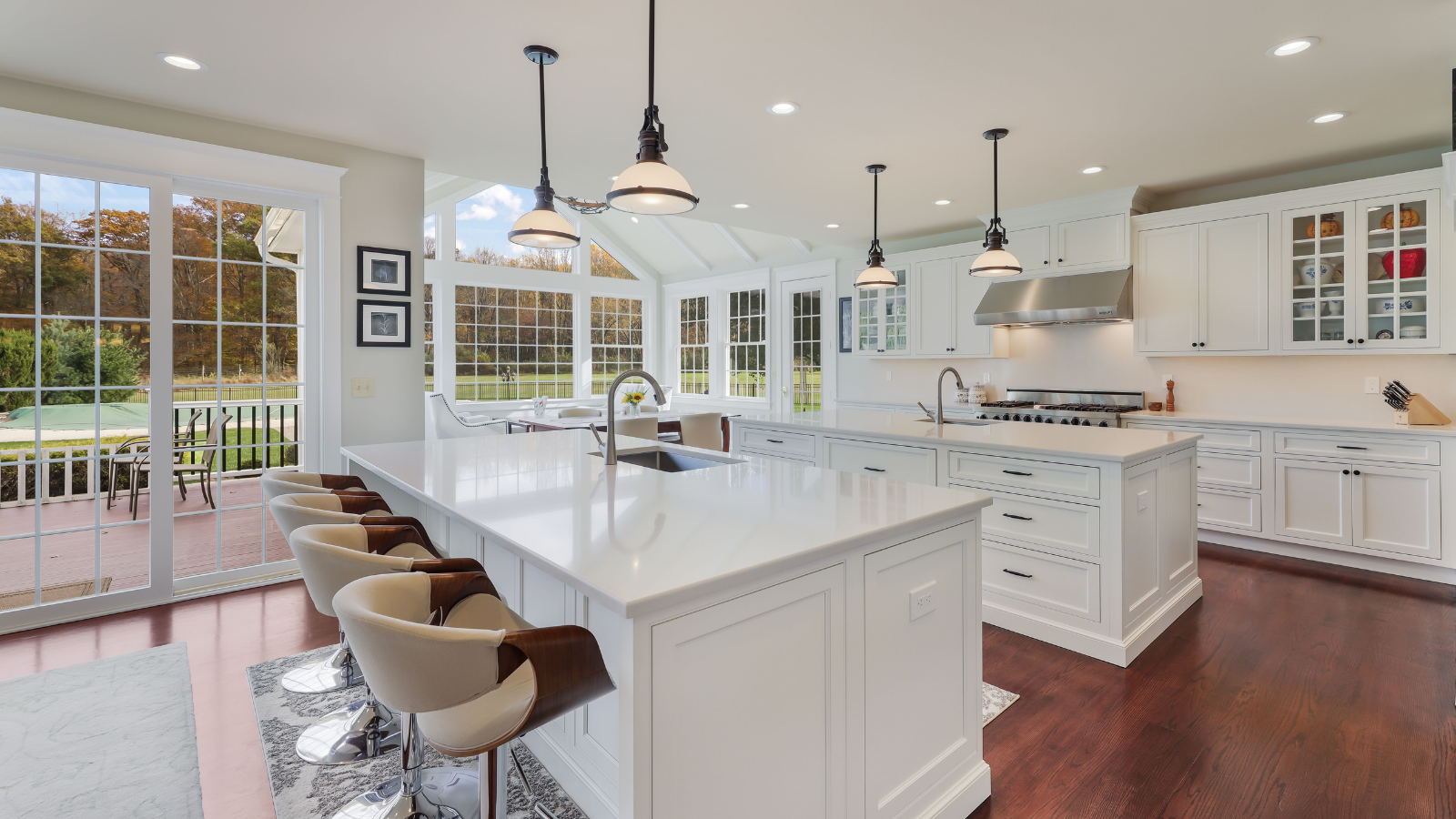
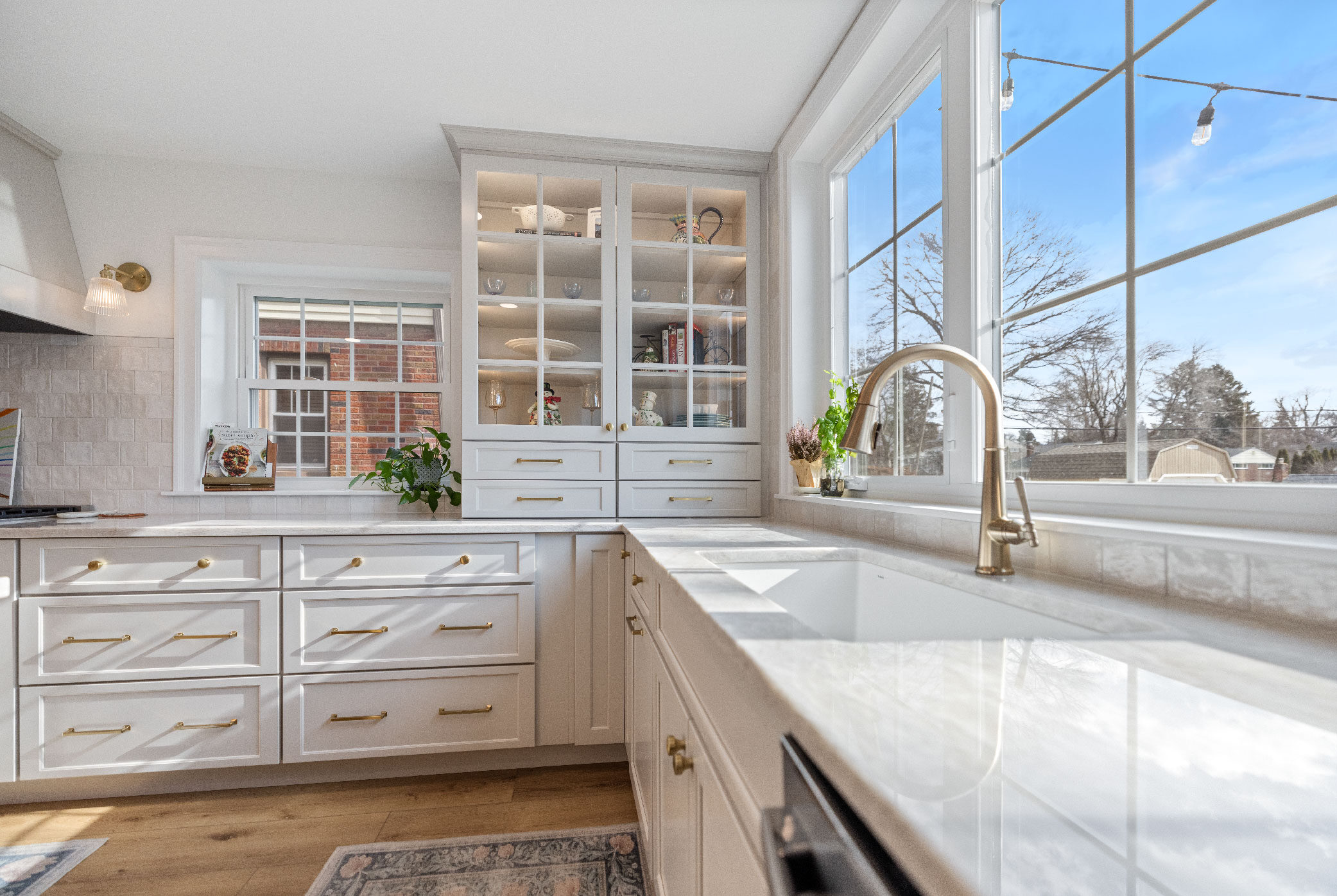

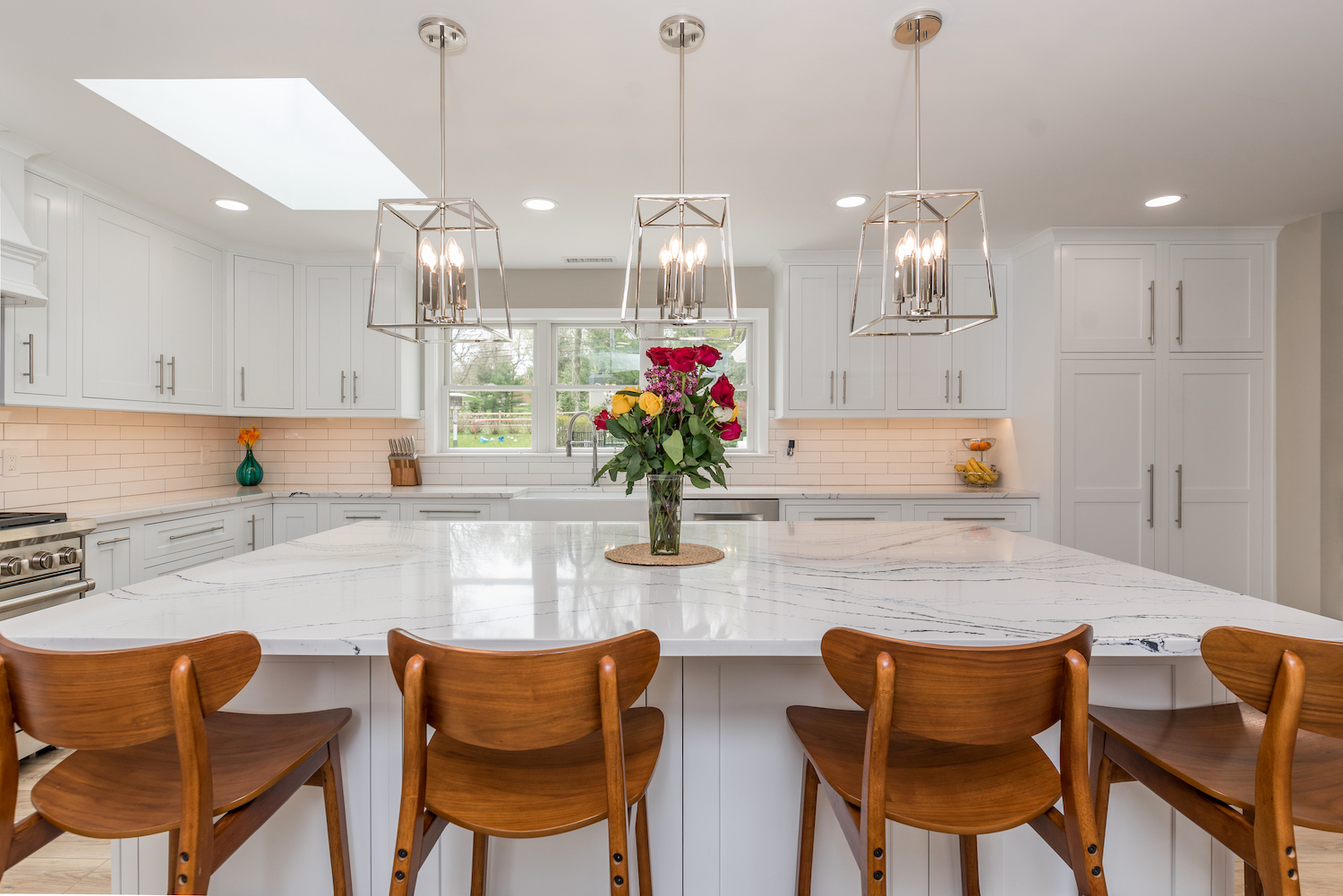
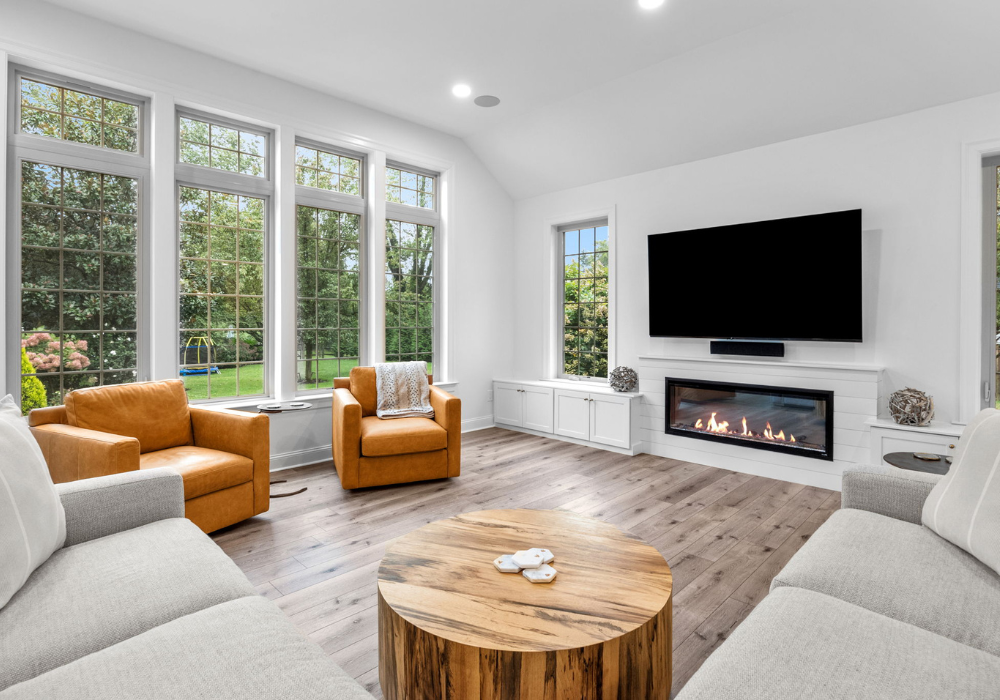
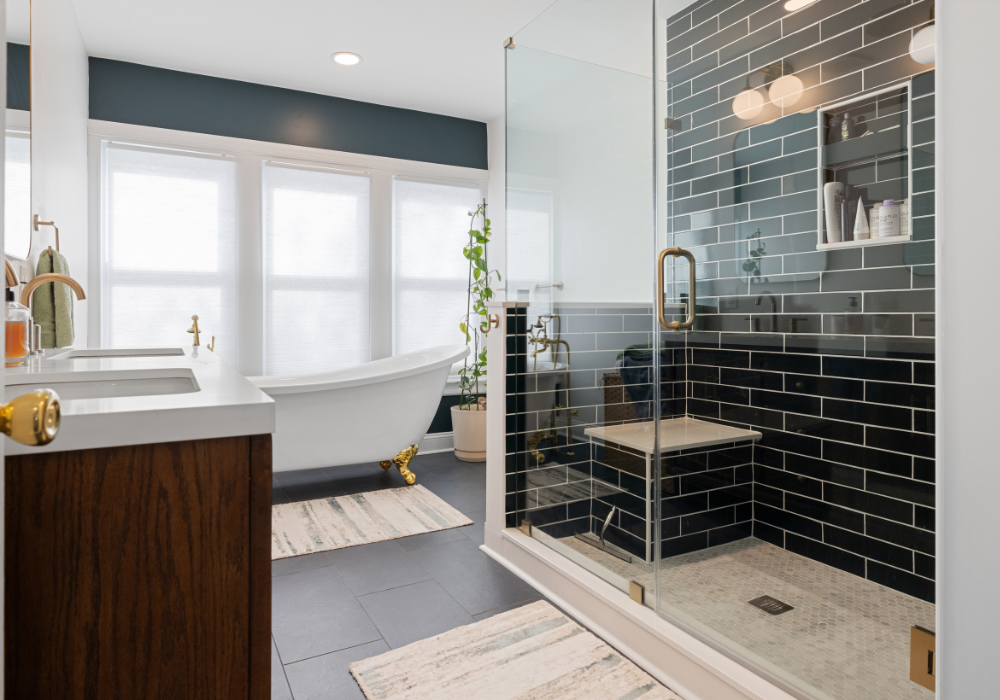
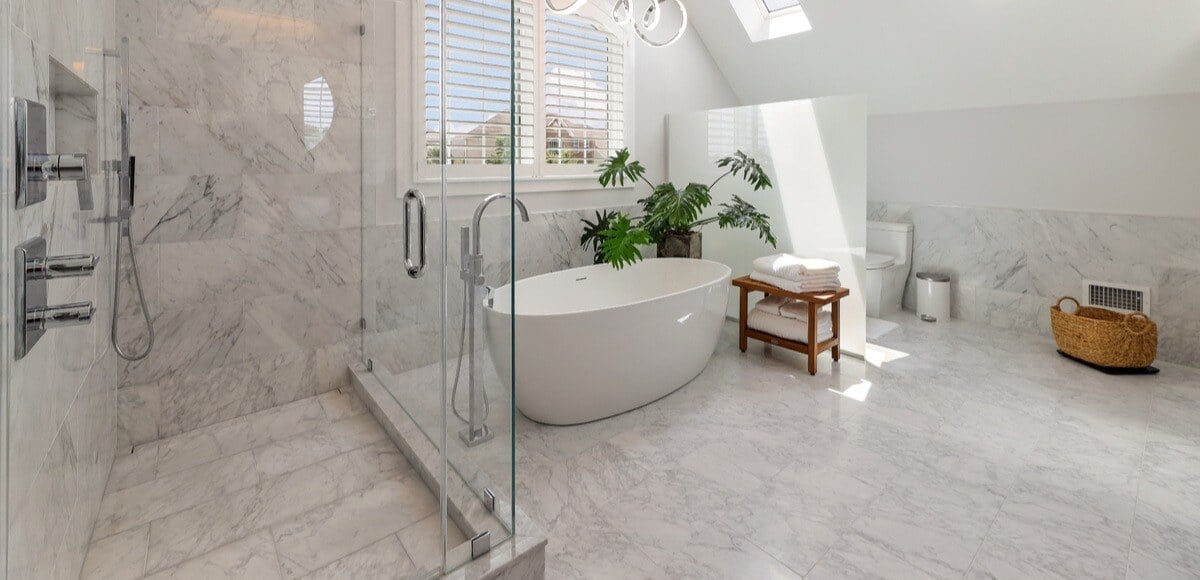
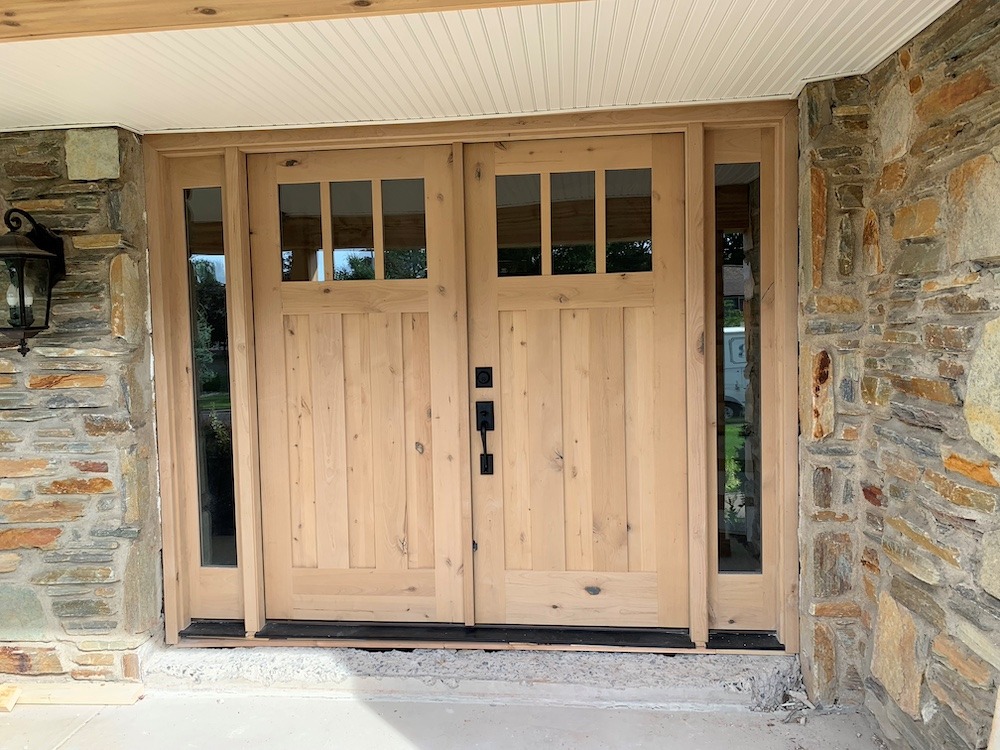
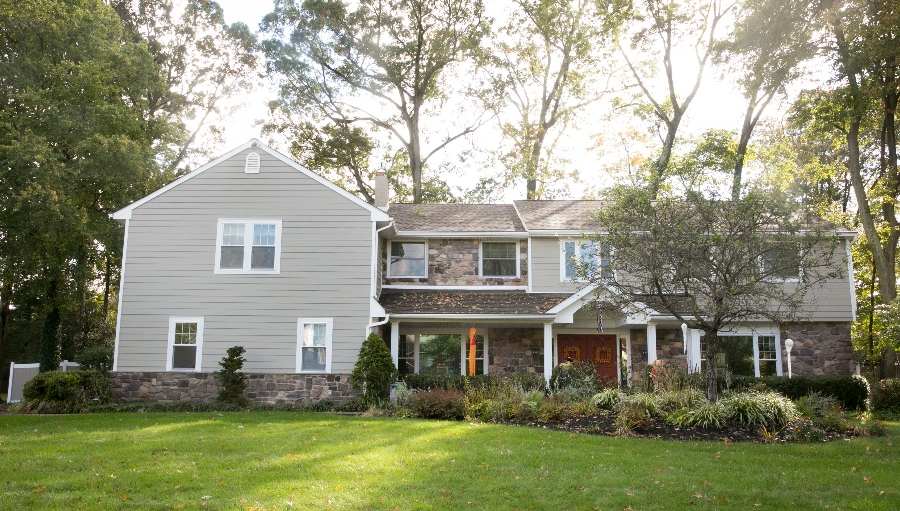
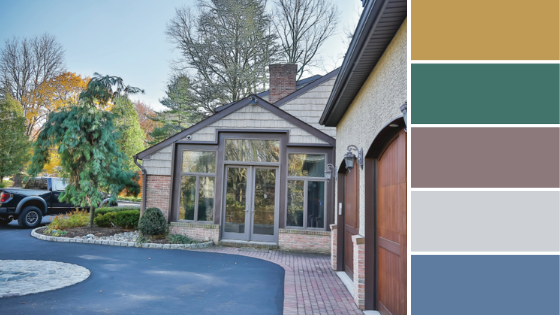




Leave a comment